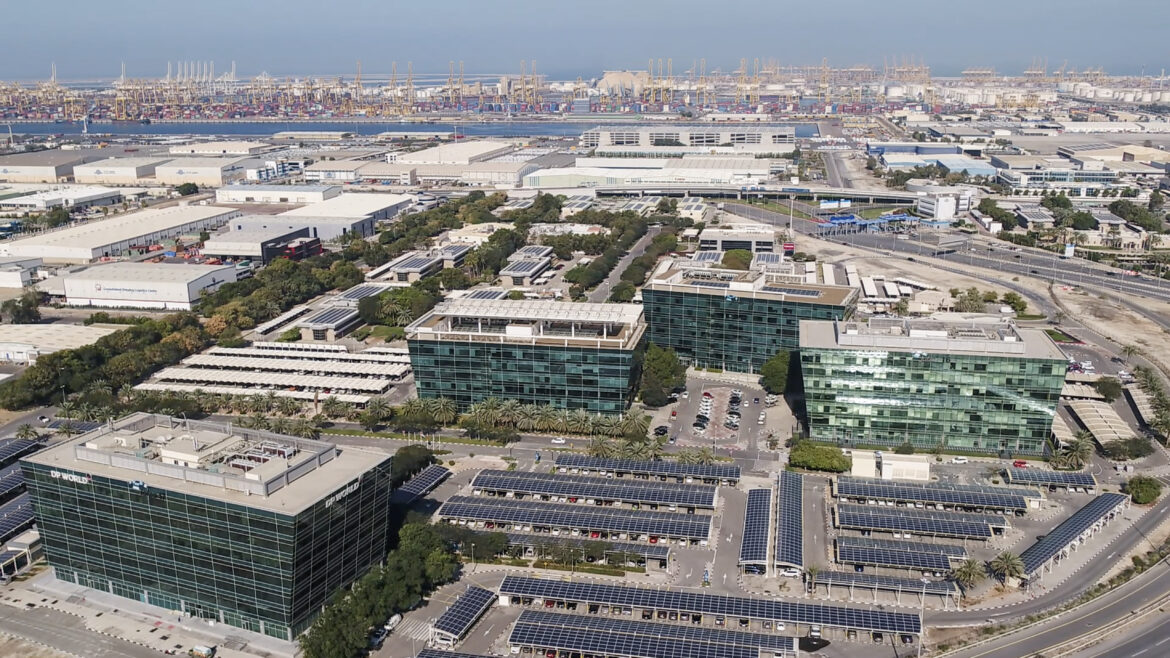The Ports, Customs and Free Zone Corporation succeeded in improving air quality during the period from 2017 to 2021 at the level of industrial areas in the special development zones that fall under the supervision and jurisdiction of the Department of Planning and Development – Trakhees, the organizational arm of the corporation, according to the final report issued by Dubai Air Quality Strategy.
According to the final evaluation on the performance of the environment sector in line with Dubai Air Quality Strategy during the period from 2017-2021 for the Emirate of Dubai, the report stated that the Environment, Health and Safety Department of the Department of Planning and Development – Trakhees is one of the most important partners in this sector; where the department supervises 210 industrial facilities with sources of harmful emissions in the areas that fall under the jurisdiction of the Ports, Customs and Free Zone Corporation, and these works include a number of activities, including engineering, chemicals, food and beverages and other manufacturing industries.
The report highlighted the success of the industrial areas supervised by the Corporation in providing the lowest percentage of total harmful emissions in the Emirate of Dubai, where the level of nitrogen dioxide (NO2) gas decreased to 0.4% and the average concentration of sulfur dioxide (SO2) reached Only 0.1% of the total harmful emissions in the Emirate of Dubai.
Eng. Abdulla Belhoul, CEO of the Department of Planning and Development – Trakhees at the Ports, Customs and Free Zone Corporation, confirmed that the Corporation, through its organizational arm “Trakhees”, is working to achieve government directions by providing a series of services, programs and initiatives in order to enhance the quality of life in the areas supervised by the Corporation. The specialized environment team succeeded by preparing and equipping the appropriate standards to reach the target goal, improve air quality in industrial areas, and exceed the percentage set by Dubai Municipality to reduce gas emissions for the year 2021 by more than 92% for sulfur dioxide (SO2) and 69% for sulfur dioxide (SO2) and 69% For nitrogen dioxide (NO2).
Eng. Abdulla Belhoul added that the Environment, Health and Safety Department at the Corporation calculates the gaseous emissions resulting from the industrial facilities and facilities that emit emissions by evaluating the highest levels of pollution, the extent of its spread and its impact, by determining its source and location in order to be able to withdraw samples from the air to take the required measurements, adding that determining the sources of environmental pollution contributes to developing appropriate plans and strategies to reduce the risks of this pollution and improve the quality of life in those areas.
Eng. Abdullah Belhoul explained that the Trakhees Department is characterized by keeping pace with the technological development in the areas that fall under its jurisdiction, pointing out that the introduction of technology in environmental management through creativity and innovation and integrating the latest technologies in the environmental field, within a comprehensive set of policies aimed at reducing the level of harmful emissions and causing climate change.
Eng. Abdullah Belhoul added: “Air quality control in industrial areas that are subject to the supervision and control of the Department of Planning and Development – Trakhees comes with the aim of controlling pollution sources in general and reducing the level of harmful emissions in particular, in order to keep pace with the trends of the global economy to reach the zero level before the end of the century”.











